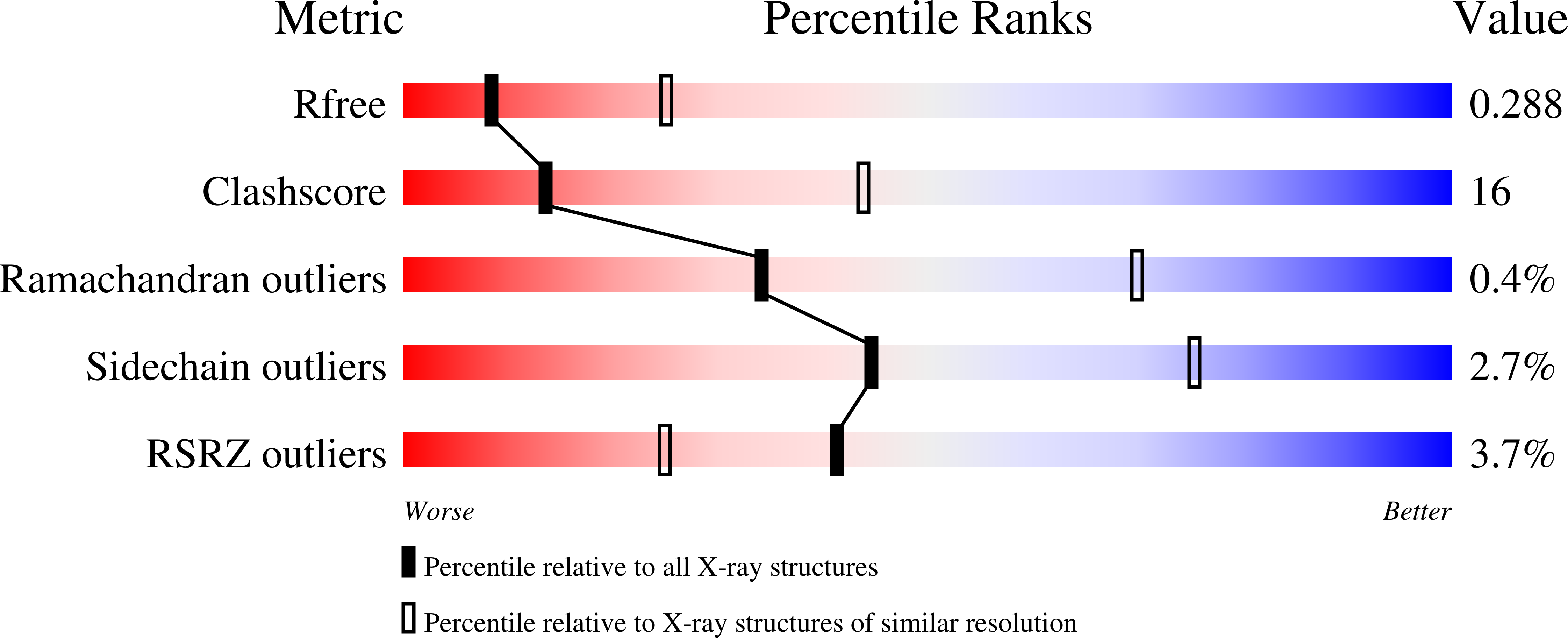
Deposition Date
2022-06-01
Release Date
2022-07-06
Last Version Date
2023-10-25
Entry Detail
PDB ID:
8D3F
Keywords:
Title:
Crystal structure of human STAT1 in complex with the repeat region from Toxoplasma protein TgIST
Biological Source:
Source Organism:
Homo sapiens (Taxon ID: 9606)
Toxoplasma gondii GT1 (Taxon ID: 507601)
Toxoplasma gondii GT1 (Taxon ID: 507601)
Host Organism:
Method Details:
Experimental Method:
Resolution:
2.97 Å
R-Value Free:
0.28
R-Value Work:
0.24
R-Value Observed:
0.25
Space Group:
C 2 2 21


